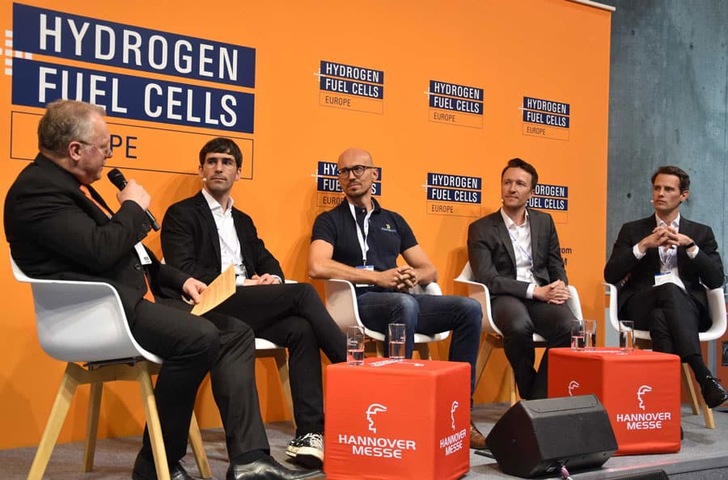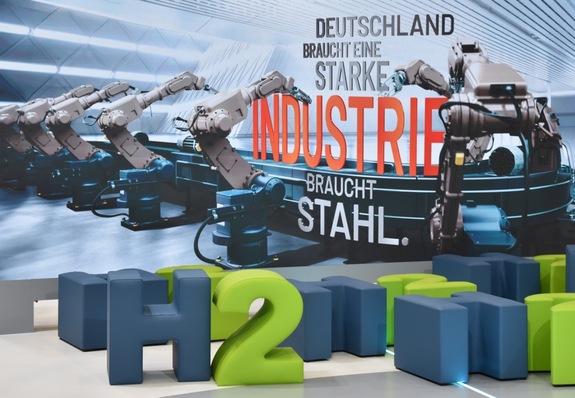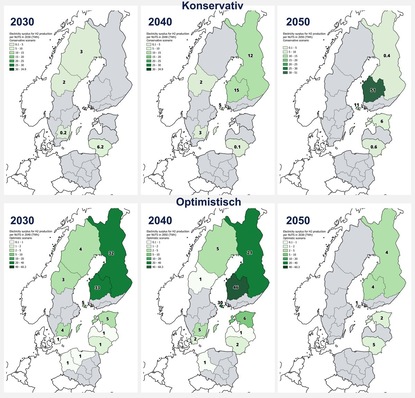This Hannover Messe will go down in history – I can already tell. At the world’s largest industrial show, in the capital of Niedersachsen, this year will be, according to the organizer, around 500 institutions exhibiting products and services for the hydrogen economy – more than half will also be represented at the Hydrogen & Fuel Cells Europe event running in parallel.
Hannover Messe and its companion H2 and FC fair are celebrating a record year. Never before has interest in these topics been so big. Never was the exhibition space so huge. After nearly three decades, the words of founder Arno A. Evers are finally finding confirmation: “Go to where the market is!”
Evers started the fair in 1995 with a total of ten exhibitors, as he had already recognized the enormous potential hidden in this technology back then. Although interest continuously grew in the course of the development of the technology, it wasn’t until today that, out of the short hydrogen hypes, a proper transformation process for the energy sector came about – and worldwide.
Evers’ successor, Tobias Renz, who had assisted in establishing the joint hydrogen and fuel cell unit of Hannover Messe in the early days before it became its own fair, is now witnessing how hydrogen has become a major focus of the giant international trade show and how still more exhibitors are requesting a spot to showcase at these events – from all over the world.
This year, H2FC Europe alone will fill about half of hall 13 of the Messe.
Elsewhere, it is no different: More and more H2 events are filling large halls, because it is now obvious that renewable energies and hydrogen are displacing the fossil energy age – and now seemingly faster than many initially thought possible. With new speed, production capacities for electrolyzers are now being built up, new companies are being founded and cross-industry cooperations started.
Certainly, a transitional period is still needed while LNG terminals (H2-ready – see p. 28) are installed and production lines for FC trucks are established. But later this decade, we will see more and more H2 trucks on the road, just as now several cars can be see that have license plates with an E at the end.
For this, it doesn't help that the eternally outdated are trying to maintain the power structures of the past with blue hydrogen and e-fuels. But no one is resisting the hydrogen wave anymore – and that is, at least from an environmental and climate perspective, also a good thing.
Indispensable is still the immense expansion of renewable energies so that hydrogen only needs to be used where defossilization is not possible otherwise. And exactly this establishing of an alternative energy supply system for the country, in which increasingly more players are participating, is showing what a socioecological transformation could look like.
Germany, which brought the term Energiewende into the world, – and spread the idea of a massive transformation to other nations – can exemplify how an energy economy oriented toward sustainability and generational fairness can be established in a socially tolerable manner and without sacrificing prosperity.
Interesting insights can be found in this issue and of course the industrial show in Hannover.
We’re curious how big the Hydrogen & Fuel Cells Europe next year will be – stay tuned!
Bildquelle: Sven Geitmann









